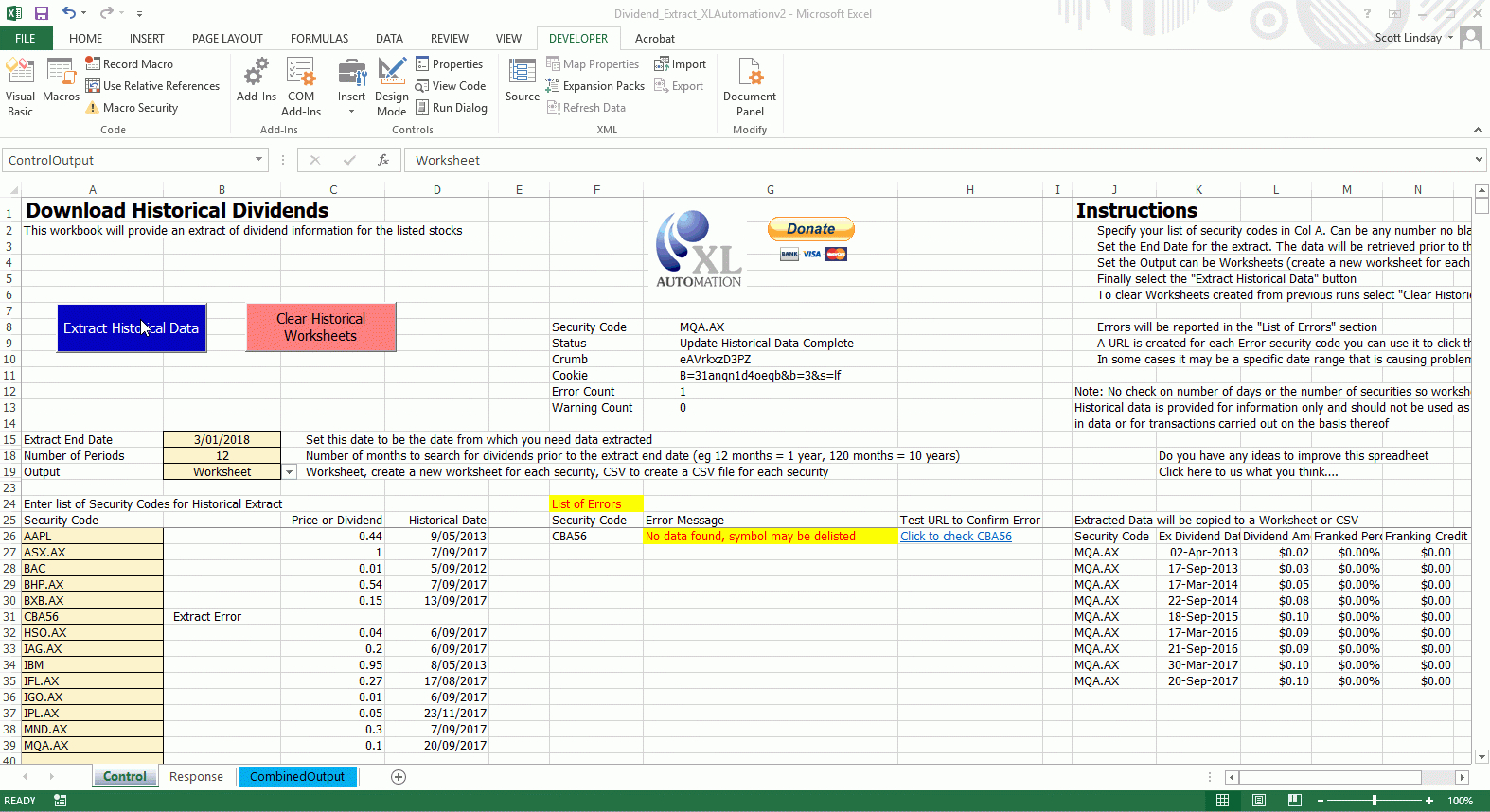
Notice that Power Query was smart enough to recognize that numbers stored within parentheses represent negative numbers. Once we Close & Load the data to an Excel table, we can produce any form of report our hearts desire. Using common Power Query transformation tools ( like Merge Columns, Trim Text, Rename Columns, Remove Blank Rows, etc.) we can quickly and easily fix the improper areas of the table. The data did not come in as cleanly as we had hoped, but it’s a good start. We saw that the table we needed exists on page 4, so we select that page and click Transform Data. Let’s use Power Query and the PDF connector to solve the problem.Īs witnessed in the previous example, we are presented with a list of every table and every page in the PDF file. If we attempt to highlight and copy/paste the table into Excel, you have probably already guessed what the results will be.

Using the Q2 2020 Financial Summary from Tesla, we discover a table on page 4 that has information we need for an Excel report. If the PDF were to be updated with additional years of statistics, the user needs to merely right-click on the extracted table and select Refresh to receive the updated information. The new table of PDF information can be used to drive other Excel objects, like charts and Pivot Tables.


Start Excel to create a blank workbook.To use the connector, we perform the following steps ( the example uses Excel 365). Power Query has a built-in connector used to extract information from PDF files. We could spend time rearranging and fixing the pasted data, but we don’t have that kind of time and it would negate the second requirement of an easily updatable Excel report. We could try to just highlight the relevant data in the PDF, then copy and paste the data into Excel, but it’s likely not to go as well as we had hoped. Suppose we have a safety report with performance data stored on the second page in a table format.


 0 kommentar(er)
0 kommentar(er)
